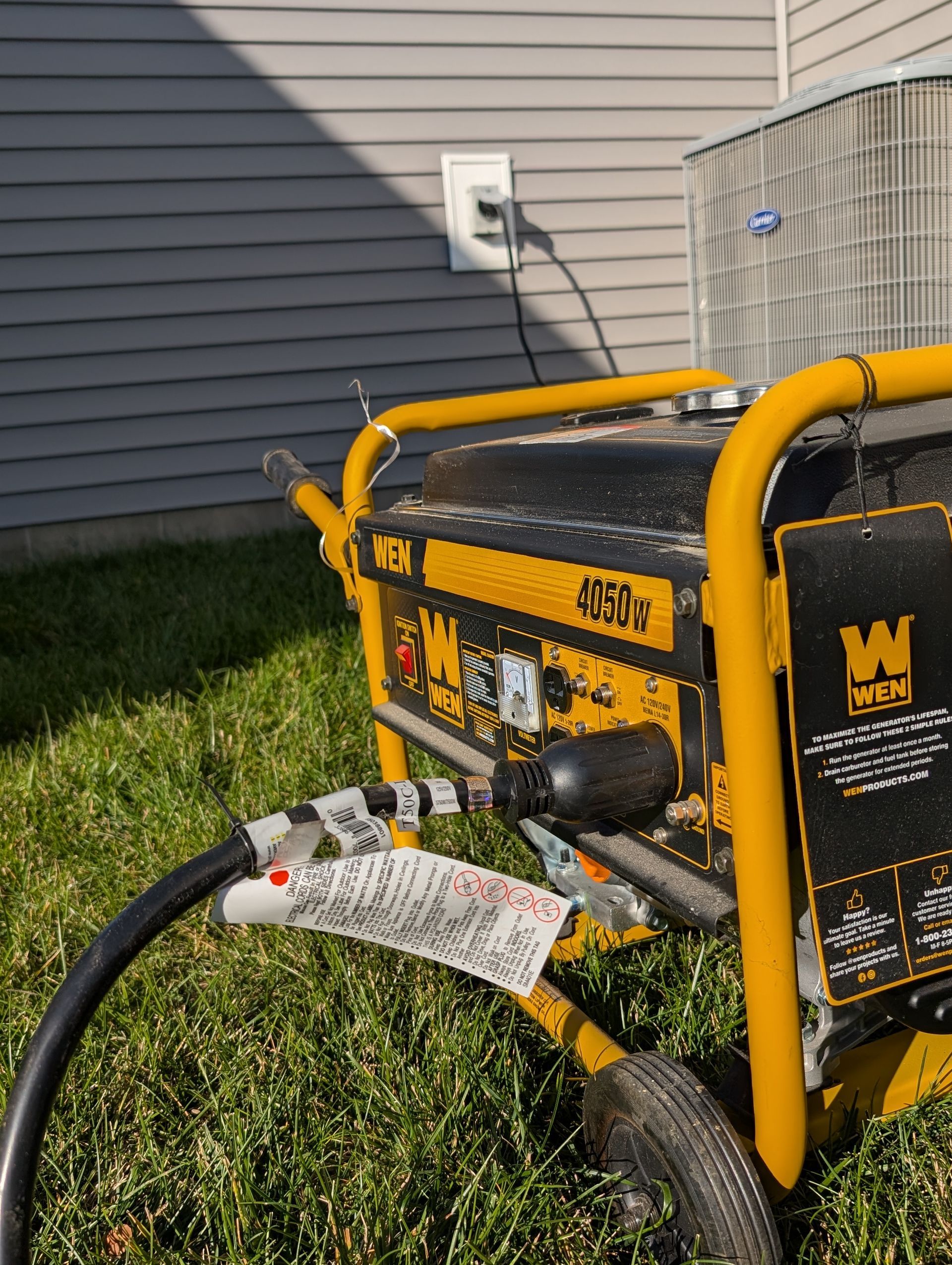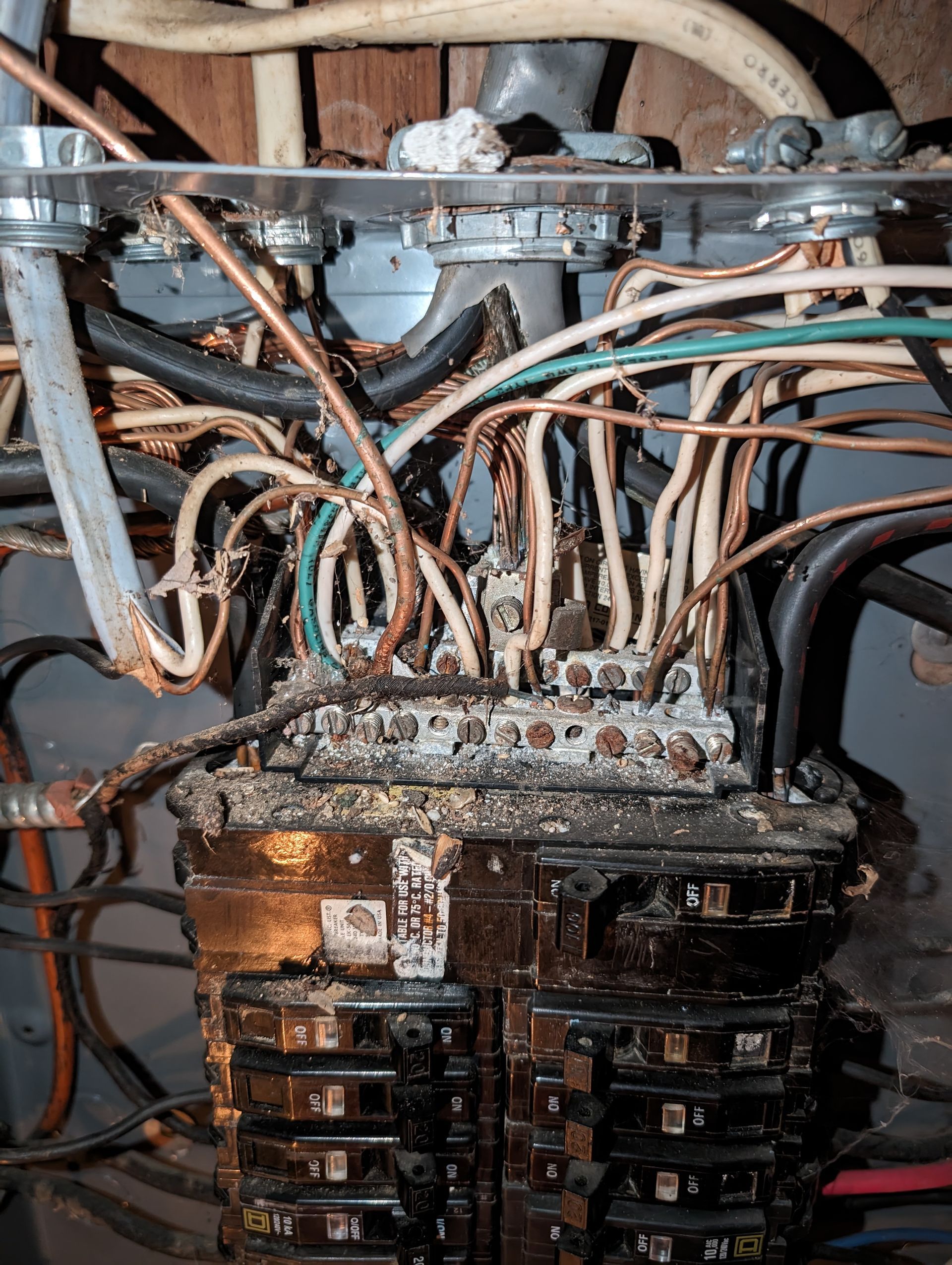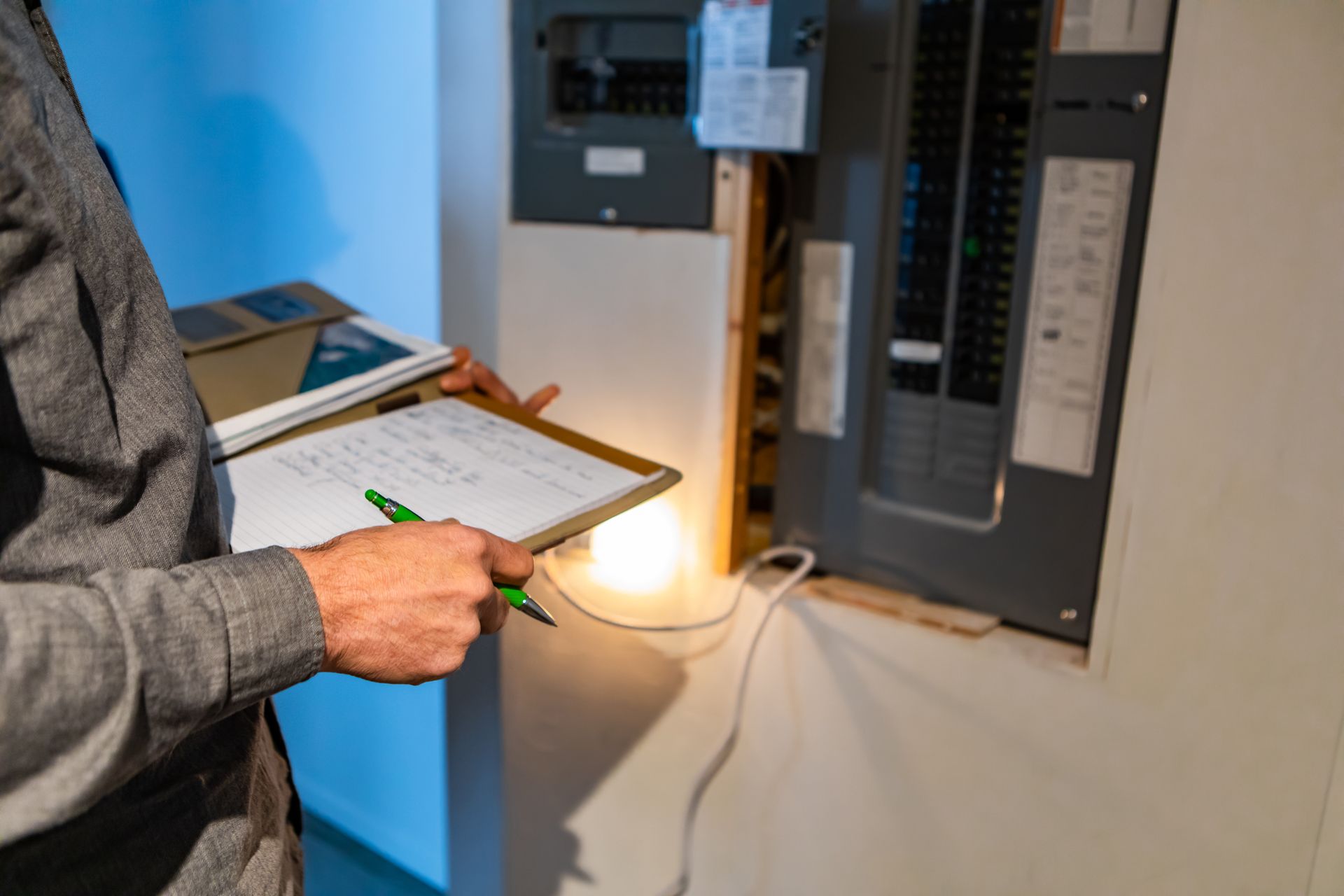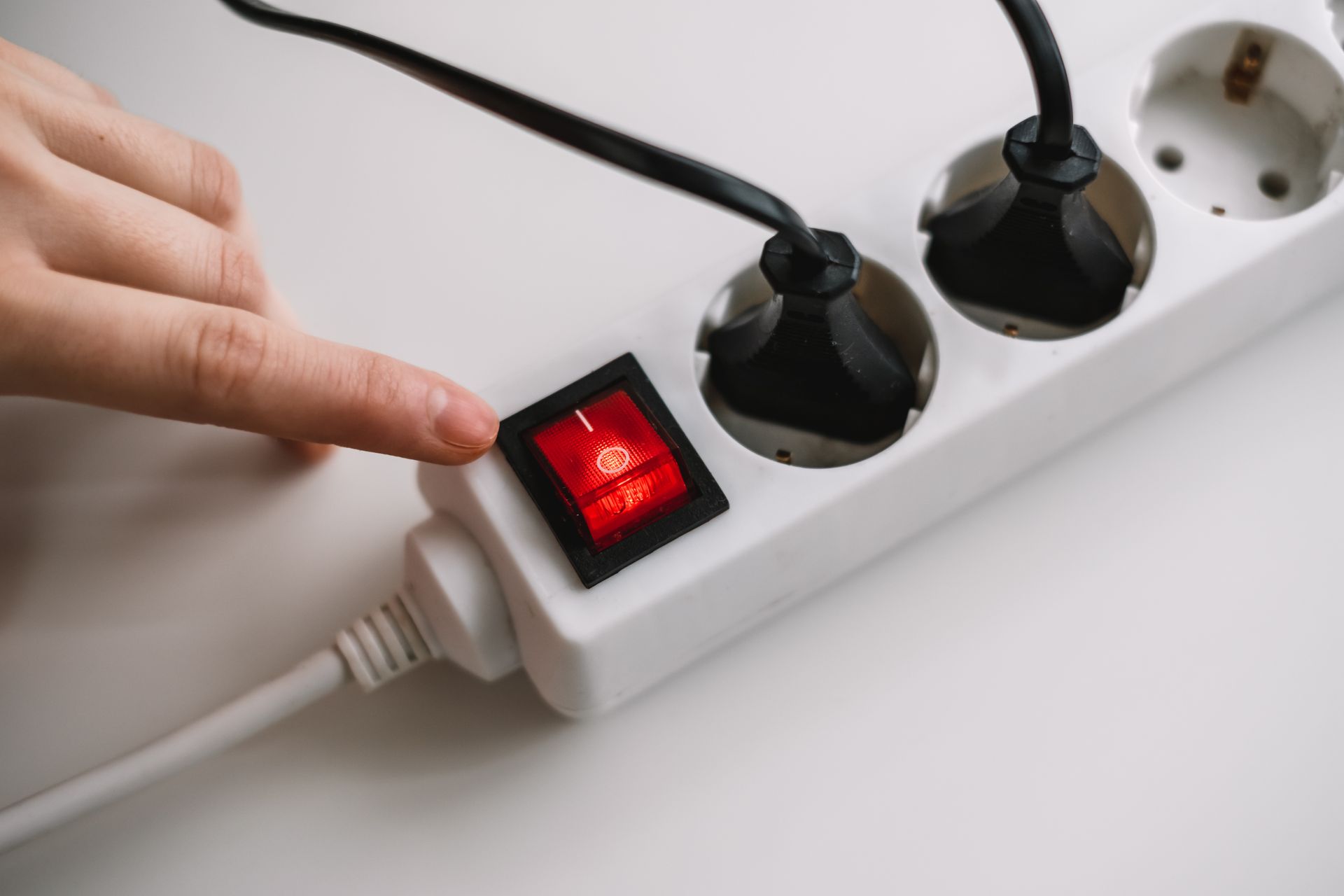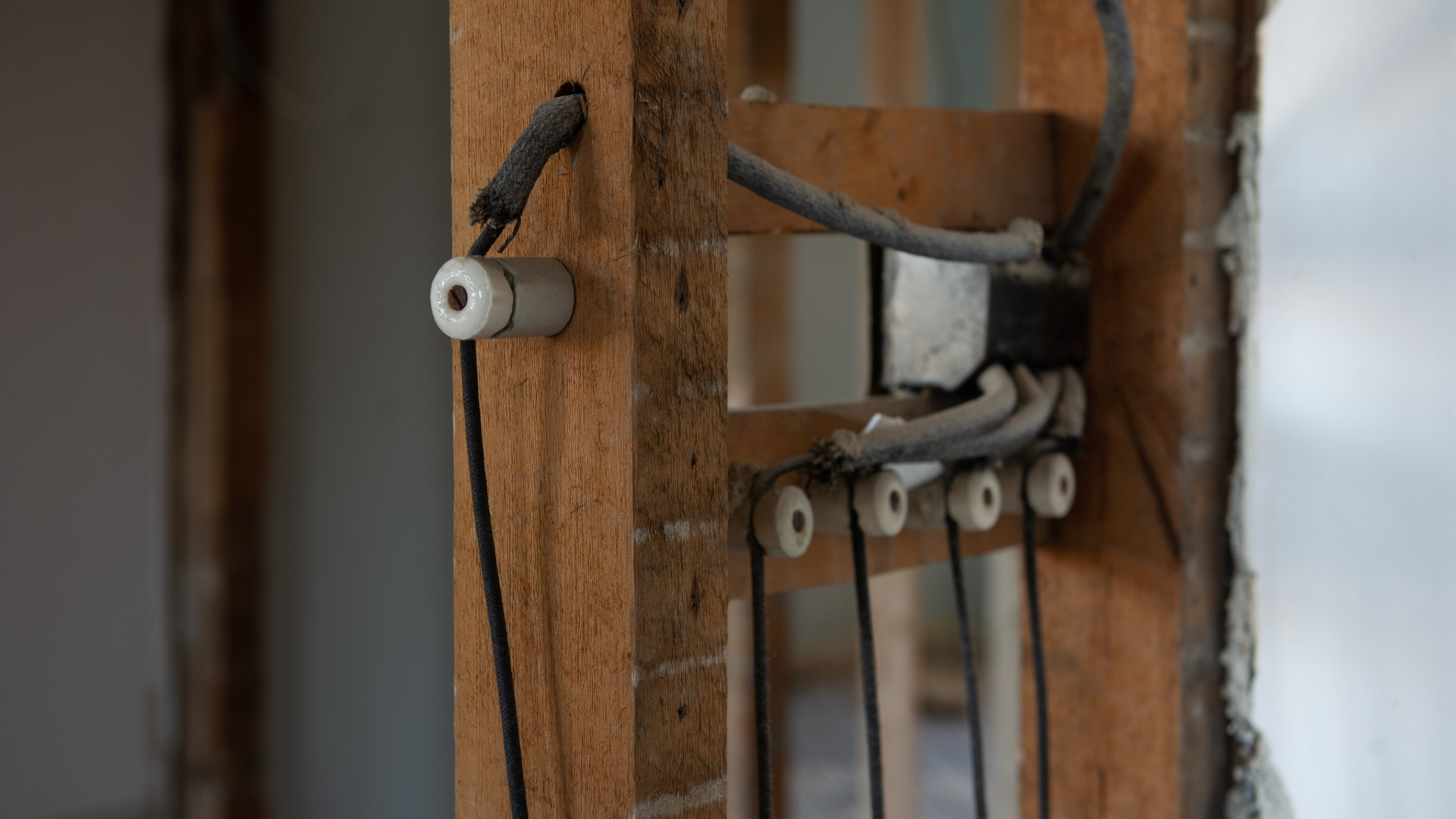Why Your Home Inspector Says Your Three-Prong Receptacles Are Ungrounded
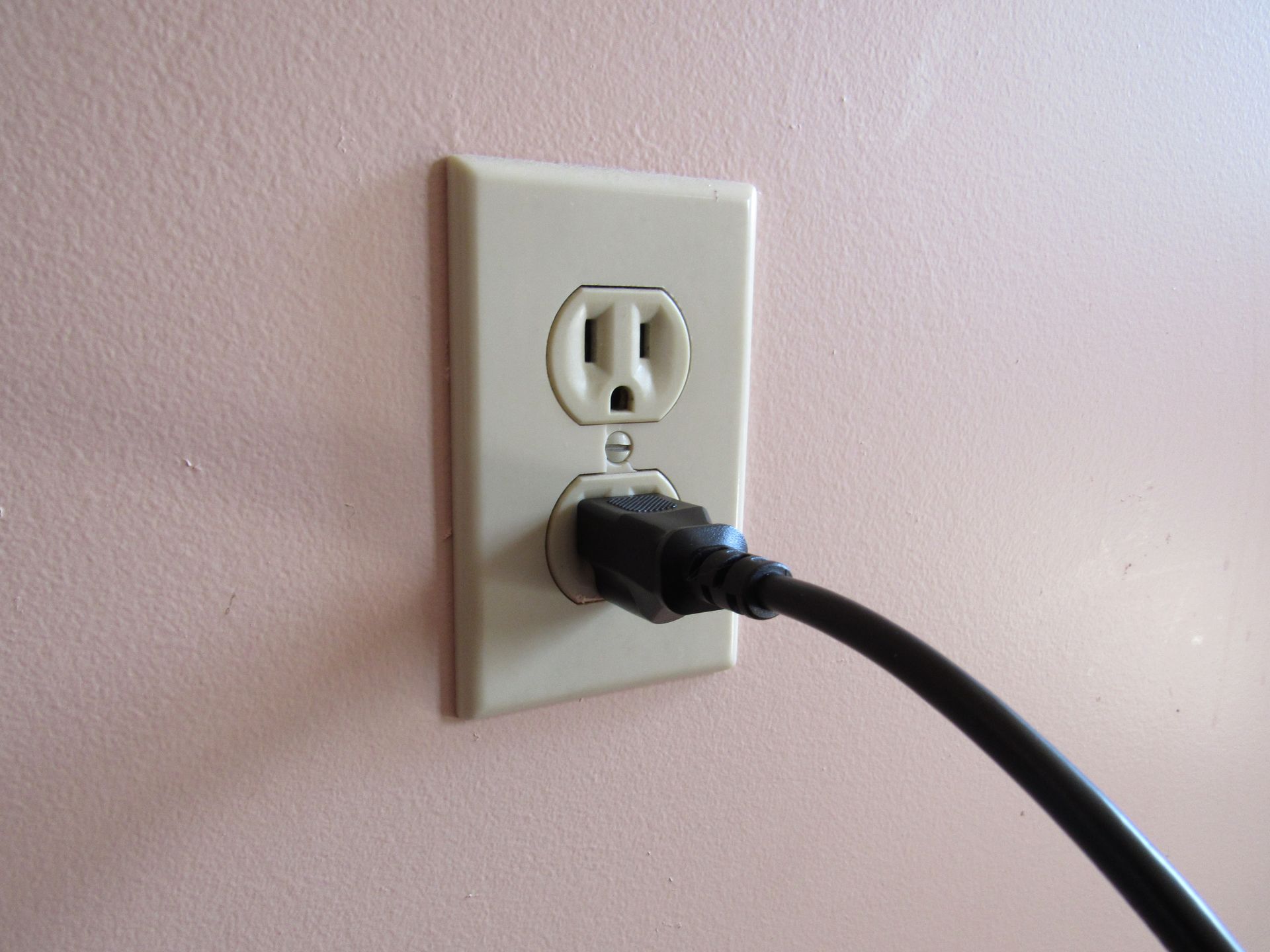
During a home inspection, you might receive a report mentioning that some of your three-prong receptacles are ungrounded. This can be confusing, as the presence of three prongs suggests a grounding connection, but the inspector's report contradicts that assumption. Let's delve into the reasons behind this and what it means for your home's safety.
The Misleading Three-Prong:
Older homes, built before the widespread adoption of grounded wiring in the 1960s, might have two-prong receptacles. These outlets lack a ground wire. However, over time, some homeowners might have replaced these receptacles with three-prong receptacles for aesthetic reasons or ease of plugging in devices.
The issue arises because these three-prong receptacles were installed without actually upgrading the underlying wiring to include a ground wire. This creates a situation where the outlet appears to be grounded, but it functionally isn't, leading to ungrounded outlets that can lead to safety concerns and potential damage.
Safety Concerns of Ungrounded Outlets:
- Shock Hazard: In the event of a malfunction in a three-prong appliance plugged into an ungrounded outlet, the metal casing of the appliance can become energized, posing a shock hazard to anyone who touches it.
- Reduced Functionality: Some modern appliances, like computers and televisions, rely on the ground connection for proper operation and surge protection. An ungrounded outlet can hinder their functionality or even damage them in case of surges.
Addressing 2-Prong Ungrounded Receptacles, Understanding the Code:
The NEC, in Section 210-7, mandates the installation of grounded receptacles on 15A and 20A branch circuits. This section also emphasizes the importance of effectively grounding these receptacles to the circuit's equipment grounding conductor. Unfortunately, the only way to truly ground these receptacles would be to run new wiring to each affected outlet.
Solutions for Non-Grounded Outlets:
1. Replacement with a 2-prong Receptacle:
- This option allows for a direct swap of the affected 3-prong receptacle with a 2-prong ungrounded receptacle. However, this method does not address the lack of grounding.
2. GFCI-Type Receptacle:
- Installing a Ground Fault Circuit Interrupter (GFCI) receptacle at each location offers additional protection by continuously monitoring electrical current. If a fault is detected, the GFCI quickly cuts off power, potentially preventing serious electrical issues. This offers the convenience of the 3-prong receptacle and protection of the GFCI.
3. Three-prong Grounding-Type Receptacle with a GFCI Circuit Breaker:
- This involves replacing the receptacle with a three-prong grounding-type receptacle, but with the crucial addition of GFCI protection from a GFCI circuit breaker. This method offers convenience and enhanced safety.
Choosing the Right Option:
While all three options comply with the NEC, the best choice depends on the specific situation. For example, installing a single GFCI-type receptacle may be sufficient for isolated areas, but a more comprehensive approach may be necessary for homes with multiple ungrounded outlets.
For any questions or guidance on how to properly address ungrounded receptacles or to ground an ungrounded outlet, please reach out to the Bright Electric team!
